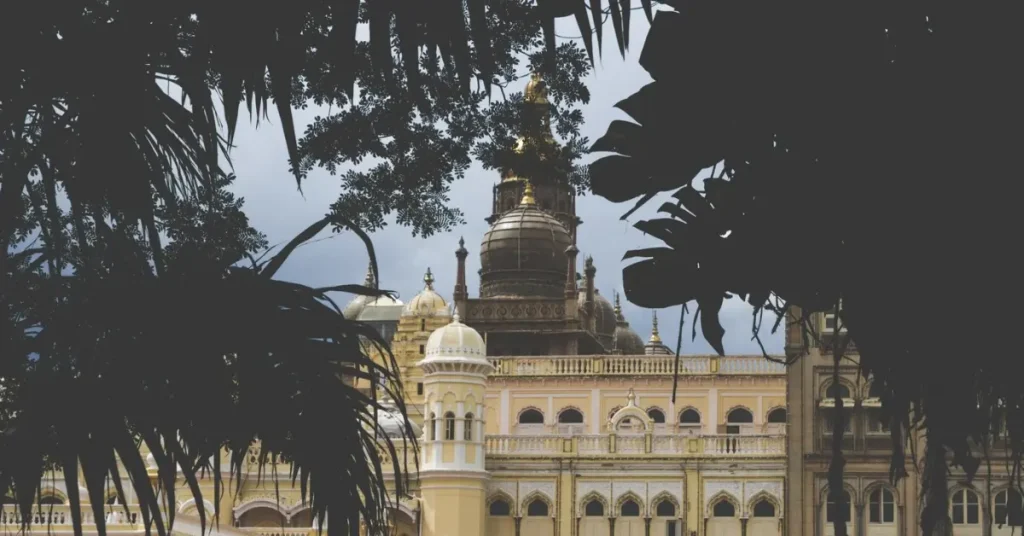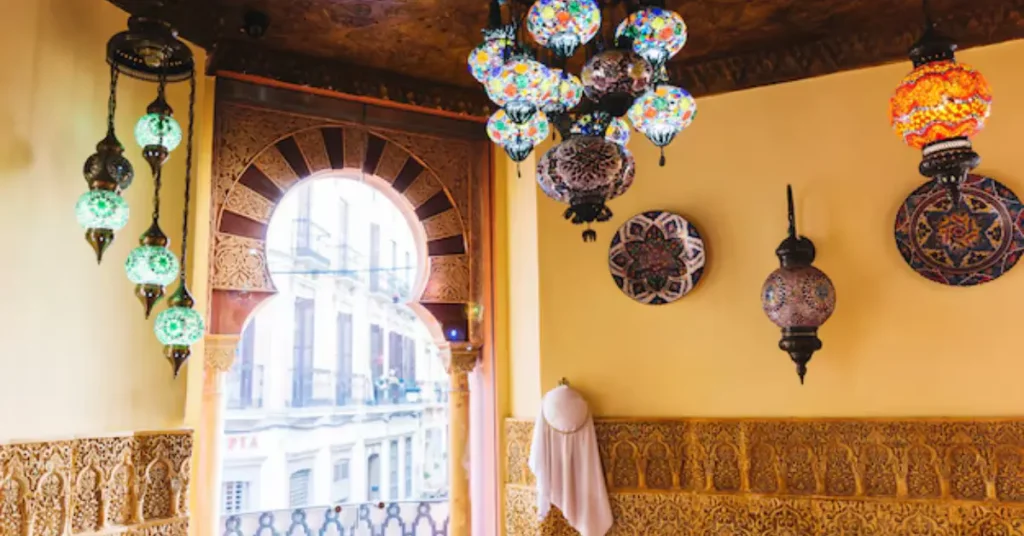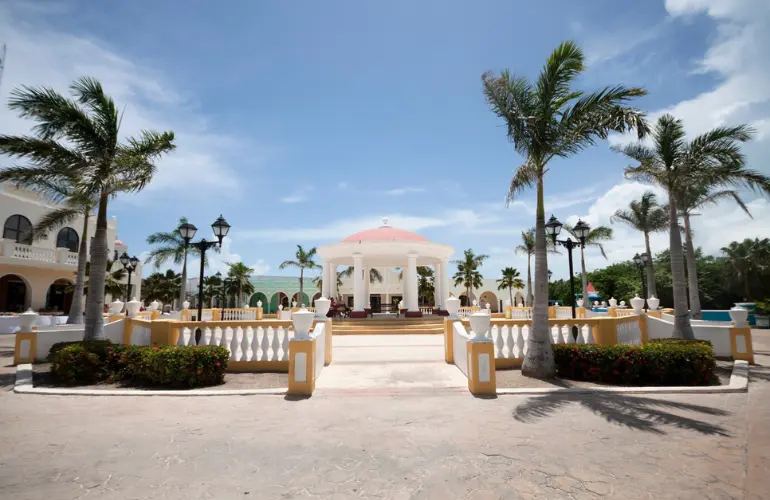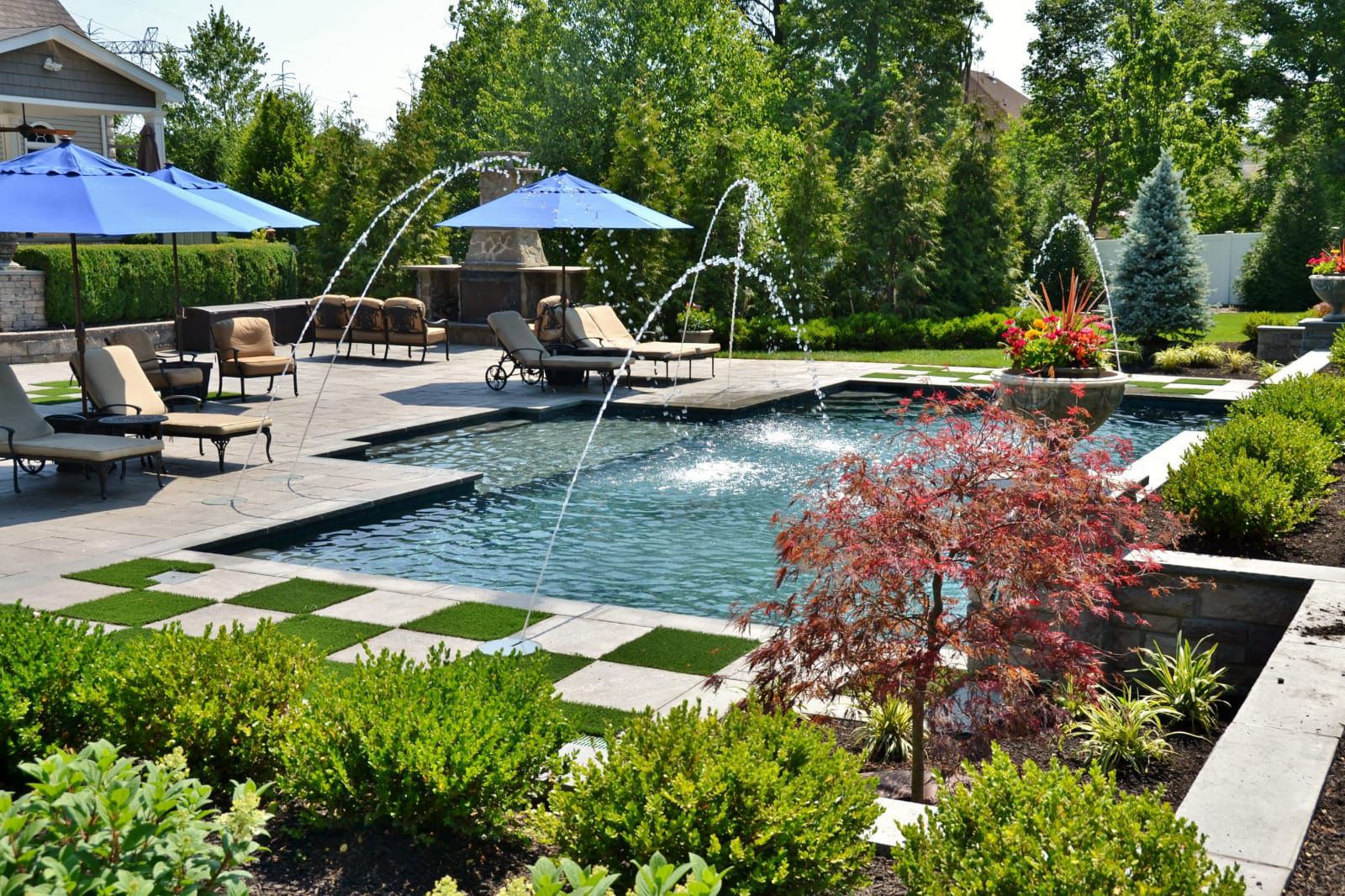Bahia Palace continues to be one of the most appealing sights that one could ever experience in Marrakech, Morocco. Its beautiful and sumptuous beauty exactly reflects what is meant by its name: “brilliance.” For a start, this massive palace was intended to be the greatest among all palaces built in the 19th century, reflecting the wealth and power of its owner.It represents today Moroccan culture and enables all visitors to imagine the luxuriance of lifestyles enjoyed in times past. Just like exploring places to visit in Iceland, entering the brilliant Bahia Palace lets you see what makes this place so interesting.
1. Interesting History of Bahia Palace
The Bahia Palace was ordered by Si Moussa, the grand vizier under the sultan, toward the end of the 19th century. It was later expanded and completed by his son Bou Ahmed, who had been a powerful regent. Bou Ahmed intended the palace to be a statement of his wealth and influence, and he spared no expense in its construction. In fact, the elaborately designed intricate patterns and details, along with the lush gardens and opulent courtyards of the palace, were really meant to impress any visitor with the greatness of his rule. Upon his death, Bou Ahmed left the Palace to fall into the possession of the sultan, who later was to use it by French officials during the protectorate. Nowadays, it is among the most-visited places in Morocco, receiving tourists from all over the world. For more information, visit here.

2. Architectural Wonders of Bahia Palace
The Bahia Palace, as it now stands, represents a masterpiece in Moroccan and Islamic architecture, combining an amalgamation of traditional designs, colorful tile work, and richly patterned gardens. There are over eight hectares of area within the palace complex with 150 rooms, including reception halls that are truly opulent, quiet and intimate courtyards, and private quarters. Indeed, every room is typical of hand-carved stucco, arched cedarwood ceilings, and zellij tile mosaics representative of artisans’ craft working on the palace.
The most striking areas in the palace include the Grand Courtyard, paved with Italian Carrara marble and bordered by intricately carved wooden arches. The gardens are just as striking, with orange trees, fountains, and flowers creating a haven of peace and tranquility within the bustle of the city. Walking around Bahia Palace can give one the feeling of going back in time and imagining just how lavishly the people living there really enjoyed life.
3. Wandering through ornately designed rooms, finding well-hidden courtyards.
Room after room, courtyard after courtyard opens to the visitor at Bahia Palace- each one more charming than the last. The rooms were intended to house the wives, concubines, and children of Bou Ahmed, and every room or space reflected something different about the opulence of the palace. One of the most amazing sights is the Courtyard of Honour: a great central fountain surrounded by marble tiles and exquisite arches.
The Harem or private quarters of the palace opens a small window into the life of the secluded ladies residing within. Smaller, more intimate rooms feature rich decoration in colored tiles and carved wood panels, which give a sense of warmth and privacy to the rooms. As one tours along the length of the palace, the hidden nooks and secret gardens pop up from some area, giving an air of mystic mystery and intrigue.
4. Bahia Palace as Representation of Moroccan Culture
Bahia Palace is not only an astonishing construction, but also is considered a real cultural representative of Morocco’s history and skillful hands. The palace very often hosts formal events, like receptions, where Morocco’s royalty greets international guests into an environment which clearly shows their heritage. Its architecture has further inspired building construction in Morocco; guiding the future generations of architects and craftsmen.

This palace is said to transport one to other times and allows for a tranquil escape from busy street noises of Marrakech. Whether it involves contemplating the minute details in mosaics, strolling through a scented garden, or simply standing in awe of the surroundings, Bahia Palace provides an opportunity to see Moroccan culture and history unlike any other experience.
5. Tips for Visiting Bahia Palace and Making the Most of Your Trip
It is good if you visit Bahia Palace early in the morning because very few people visit during that time of the day. Bahia Palace opens on each and every day of the week, and the entrance fee is minimal, making it affordable for all classes of visitors. The visit will be made much more interesting by taking the services of a local guide just so he would explain the history and meaning of each room.
Photography is allowed, so one can be sure to bring the camera along to snap the minute details of the palace architecture. Just because Bahia Palace is actually located in the middle of Marrakech, it is easy to mix and combine one’s visit among the nearby attractions, which include busting souks and historic Saadian Tombs.
Conclusion
Bahia Palace represents a certain act of Morocco’s rich cultural heritage and exceptional artistic flair. Also, the luxurious architecture, beautiful gardens, and intriguing history of the palace make this a trip not to be missed for any traveler going to Marrakech. A visit to this palace provides a chance to delve deep into the past and unearth the lavish experience one may have enjoyed in times of yore. Be it for an architectural historian or a curious traveler, Bahia Palace contains an unforgettable tour in store for its visitors to see one of Morocco’s iconic landmarks.
1. What is the best time to visit Bahia Palace?
The most suitable time to visit Bahia Palace is either in the morning or late in the afternoon when the palace is less crowded. This way, you will really enjoy the serenity and appreciate the details of the architecture.
2. How much time should I spend in Bahia?
You’ll want to allow 1 to 2 hours to visit this palace. During that time, you can walk through the rooms and courtyards as well as explore the gardens at a relaxed pace.
3. Is it allowed to take pictures inside Bahia?
Yes, certainly, in most sections of Bahia Palace, it is allowed to take pictures. This, therefore, would be a very great opportunity to shoot these very amazing details inside the architecture and the gardens.
4. Are there guided tours of the Palace?
Guided tours are available and come highly recommended, for they can be quite informative about the history, architecture, and cultural importance of the palace. 5. Can I pay a visit to Bahia Palace with children? Yes, Bahia Palace is friendly for families, though children will enjoy running around the courtyards and gardens. However, it would be better to keep your young children close to you because some areas may be fragile.




